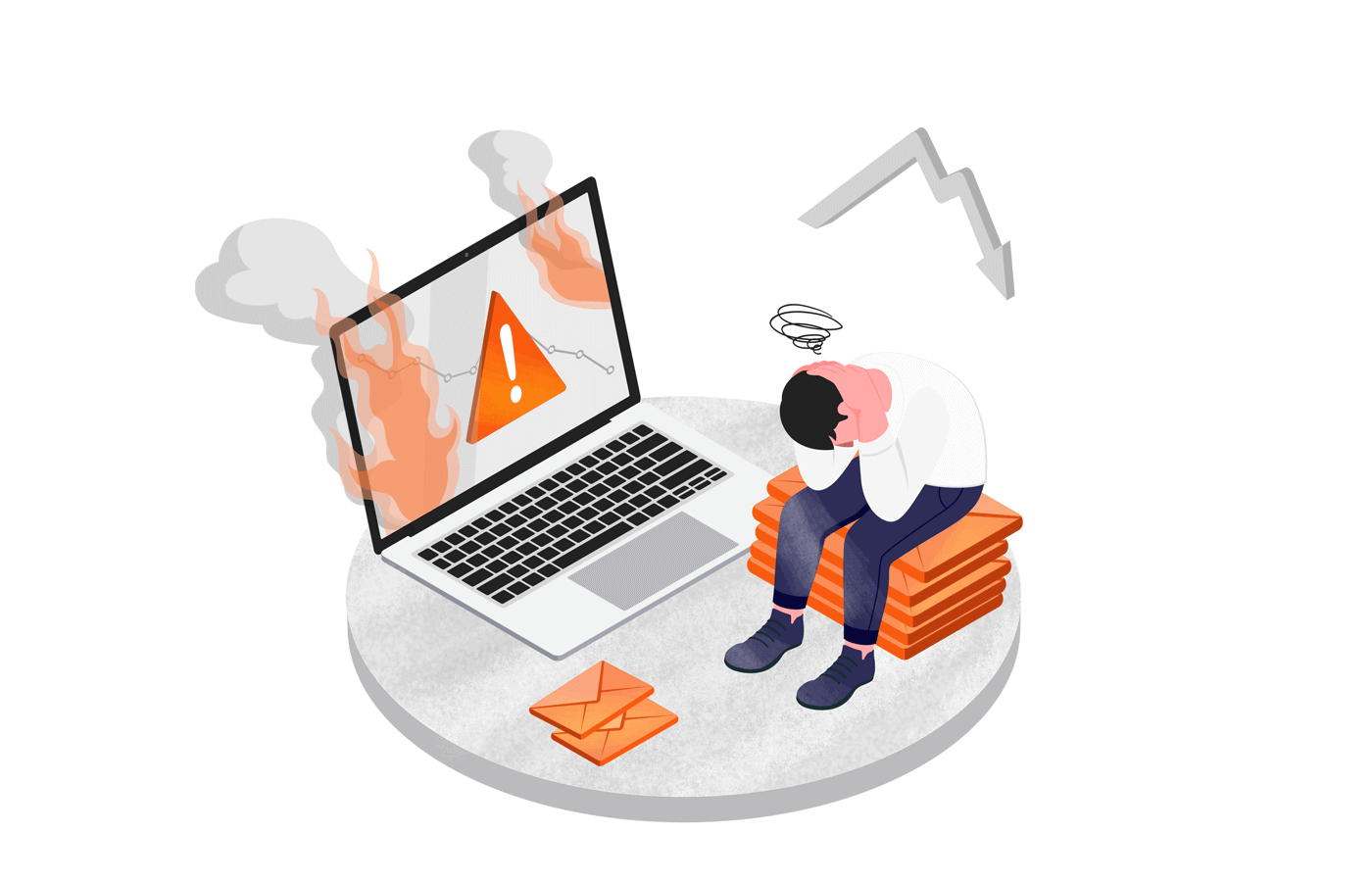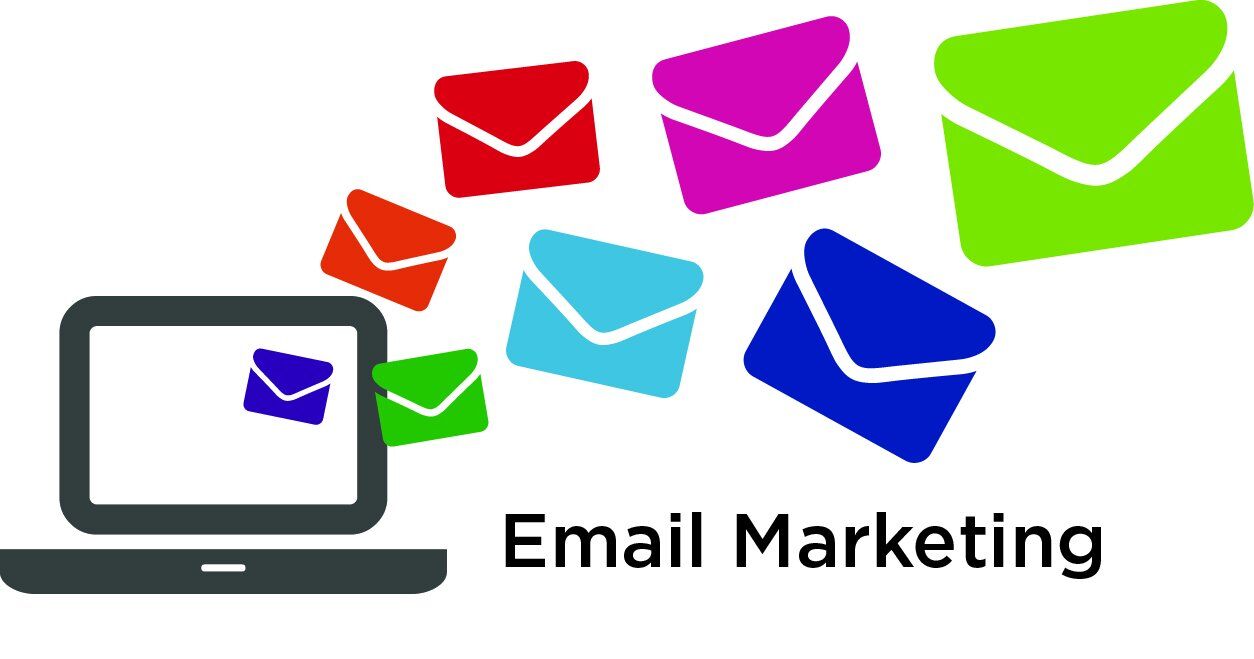Email marketing remains one of the most effective ways to connect with your audience. However, the constantly changing digital landscape makes it essential to periodically audit your email strategy to ensure alignment with your goals and maximize your return on investment (ROI). A thorough email marketing audit helps identify opportunities for improvement, optimize campaigns, and boost overall performance.
Whether you are an experienced marketer refining your approach or just starting out, conducting regular audits is a proactive way to increase the impact of your email campaigns. This guide covers the key steps to conducting a successful audit—from evaluating your subscriber list and engagement metrics to reviewing email content, deliverability, automation, and compliance.
Why Conduct an Email Marketing Audit?
Regular audits are vital because they:
- Identify areas for improvement in your campaigns
- Ensure compliance with laws and industry best practices
- Enhance email deliverability and inbox placement
- Optimize audience engagement
- Maximize marketing ROI
By analyzing metrics like open rates, click-through rates, conversion rates, and bounce rates, you can spot patterns and opportunities to improve your email performance.
Key Components of an Email Marketing Audit
Subscriber List Analysis
Evaluate how subscribers are acquired and ensure all have opted in. Analyze demographics, interests, and engagement to ensure your list remains relevant. Use segmentation to deliver targeted messages and remove inactive subscribers through list cleaning and re-engagement campaigns. Maintaining list hygiene improves deliverability and engagement.
Email Content Evaluation
Assess subject lines, messaging, visuals, and calls to action (CTAs). Use metrics such as open rates and conversions to determine which content performs best. Craft compelling subject lines, personalize messaging, and include clear CTAs to encourage recipient action. Test different layouts and design elements to enhance readability and engagement.
Deliverability and Open Rates
Check factors impacting deliverability such as sender reputation, email authentication (SPF, DKIM, DMARC), bounce rates, and spam complaints. Optimize content to avoid spam filters and build a positive sender reputation. Monitor soft bounces and inbox placement regularly to ensure emails reach your audience.
Automation and Personalization
Review the performance of automated campaigns like welcome emails and abandoned cart reminders. Use data-driven segmentation and dynamic content to tailor emails for individual recipients. Identify key customer journey triggers to deliver timely, relevant messages. Continuously A/B test elements to refine and improve your campaigns.
Compliance with Regulations
Ensure your email practices comply with laws like GDPR and the CAN-SPAM Act. Obtain explicit consent, provide clear opt-out options, and avoid deceptive practices. Compliance protects your sender reputation and avoids legal penalties.
Steps to Conduct an Email Marketing Audit
Set Clear Objectives
Define specific goals aligned with your overall marketing strategy. Focus on areas such as increasing open rates, improving engagement, enhancing deliverability, or ensuring compliance. Prioritize objectives based on current challenges and business priorities.
Gather Data and Metrics
Collect data from your email platform on key metrics including open rates, click-through rates, conversions, bounce rates, and unsubscribe rates. Review subscriber list details, content effectiveness, and deliverability performance. Include A/B test results and subscriber feedback in your analysis.
Utilize Email Marketing Tools
Leverage tools that offer analytics, list management, deliverability monitoring, and automation. Choose platforms that integrate with your existing systems and fit your budget. These tools streamline audit processes and enhance insights.
Implement Audit Recommendations
Address immediate issues such as deliverability problems or outdated content promptly. Develop long-term strategies to refine segmentation, improve engagement, and adopt best practices. Monitor the impact of changes and adjust accordingly for continuous improvement.
Conduct A/B Testing for Optimization
Use A/B testing to compare subject lines, CTAs, content formats, and send times. This helps identify what resonates best with your audience and drives better results. Regular testing is key to optimizing campaigns based on data-driven decisions.
Conduct Audits Regularly to Stay Ahead
Email marketing trends and audience preferences evolve continuously. Regular audits ensure your strategies remain effective and relevant. They help maintain list hygiene, improve deliverability, and maximize campaign performance. Combine email audits with website audits to provide a seamless user experience and stronger marketing results.
To stay updated, leverage resources such as industry blogs, newsletters, and educational guides. Tools like Mailchimp offer comprehensive solutions for email marketing audits, including segmentation, automation, and performance tracking, helping you optimize your campaigns and grow your business.




